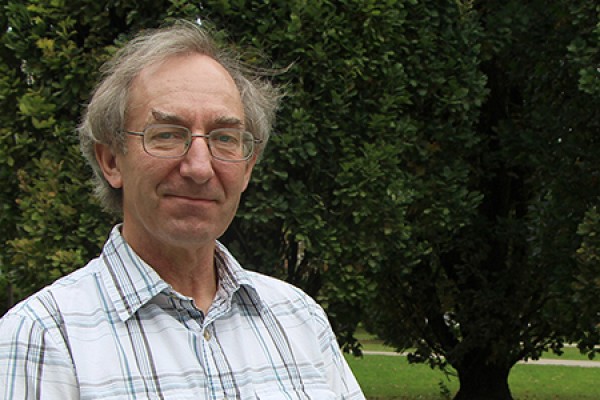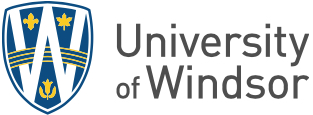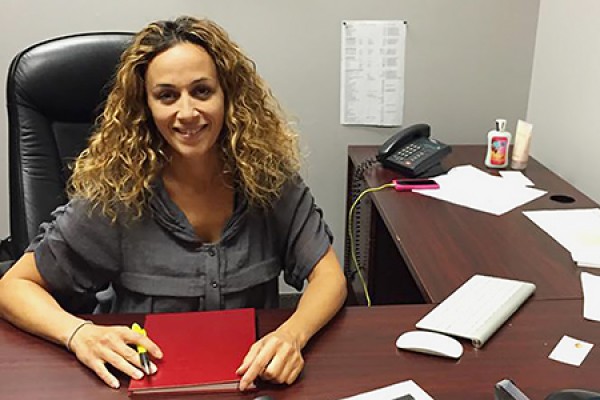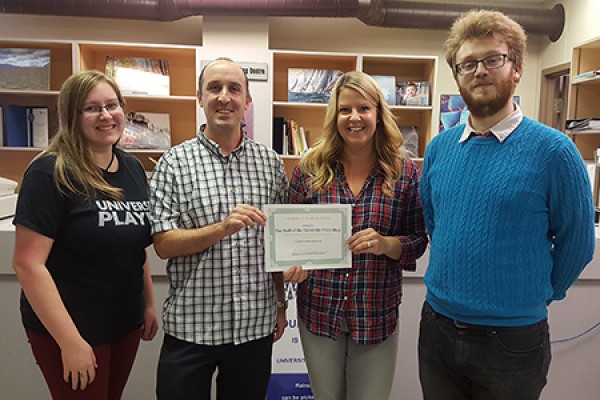 UWindsor biology professor Jan Ciborowski heads a team monitoring the health of wetlands on the coasts of the Great Lakes.
UWindsor biology professor Jan Ciborowski heads a team monitoring the health of wetlands on the coasts of the Great Lakes.
A multimillion dollar grant will allow UWindsor researchers to continue closely monitoring the health of the Great Lakes coastal wetlands and collaborating with scientists based around them.
The United States Environmental Protection Agency granted $10 million to the Great Lakes Coastal Wetlands Monitoring Program. The program’s Canadian arm, headed by UWindsor biology professor Jan Ciborowski, will receive $1.9 million, with half staying at UWindsor. This is a second five-year commitment from the agency through the Great Lakes Restoration Initiative.
“What is most amazing is the size of this collaboration,” says Dr. Ciborowski. “There are 50 lead scientists working together to collect and interpret data from across the whole Great Lakes—information that doesn’t just sit on our computers, but is shared and used by municipal, state and provincial agencies in a way that was previously unimaginable.”
Windsor is the only Canadian university in the project and joins other Canadian members, Bird Studies Canada and the Canadian Wildlife Service. The massive project, led by professor Donald Uzarski of Central Michigan University, includes contributions from North American based scientists, researchers, institutions and agencies that border the lakes.
The funding pays for teams across the Great Lakes basin to sample fish, invertebrates, birds, amphibians, plants and water quality. More than 1200 coastal wetlands are visited on a five-year cyclical basis. Areas being restored, or of special community interest, are deemed benchmark sites and visited every year.
Researchers collect, analyze and upload data into a central location on the Great Lakes Coastal Wetland Monitoring Project website. The site contains maps with a colour coding system indicating whether an area or its plants and animals are considered healthy.
“Our researchers have classified whole areas as doing better, the same or worse, and this information is readily available on the website,” Ciborowski says. “It’s a grand and unifying idea because we can compare what is happening in different areas and determine if the patterns of change are local or regional issues.”
Ciborowski says the group is mapping wetlands that are at risk of becoming unhealthy by considering how much environmental stress an area can tolerate before the fish, bird, invertebrate or plant community may start to deteriorate.
“We look at different types of thresholds, like when sensitive species start to disappear, or when hardier, pollution tolerant species may start dominating resources, or how much agriculture a particular watershed can sustain without putting the biological community at risk,” says Ciborowski.
The monitoring data gets a second life, says Ciborowski, when American and Canadian agencies—like the US EPA, Environment Canada, Ontario’s environment ministry, or the Essex Region Conservation Authority—want to identify areas at risk and start conservation or restoration programs.
UWindsor’s field teams are led by Joseph Gathman, an associate professor at University of Wisconsin River Falls and former postdoctoral fellow at Windsor.
“Our field teams of graduate students and undergraduate research assistants have a tight timeline of two days at each location to sample invertebrates, fishes, plants and water,” says Ciborowski. “Colleagues from Bird Studies Canada visit each wetland several times in early spring to assess the birds and amphibians.”
The Canadian teams sample coastal wetlands on the Canadian side of lakes Ontario, Erie, and Huron, as well as the Detroit River, Lake St. Clair, St. Clair River, St. Marys River and the U.S. side of western Lake Erie. This round of funding wraps up in September of 2020.
Ciborowski says the success of projects like this relies on collaboration and communication across institutions.
“Problems of this scale are so big that no individual institution can hope to address them,” he says. “Environmental stress operates across political boundaries, and this project has the scope to let us look at the problems and restoration strategies holistically.”





